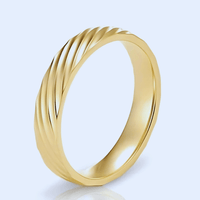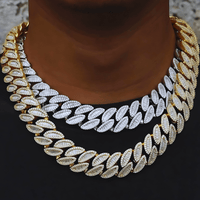The 4 C's
Carat
Carat is the standard unit of weight for diamonds and other gemstones. One carat equals one fifth of a gram. When weighing less than one carat, the diamond’s weight is expressed in “points”: each carat is divided into 100 points, for example: 0,75 carat = 75 points. 0,5 carat = 50 points. When diamonds are mined, large gems are discovered much less frequently than smaller ones. Diamond prices increase exponentially with carat weight. So, a 2-carat diamond of a given quality is always worth more than two 1-carat diamonds of the same quality.
Color
Most gem quality diamonds used in jewelry are colorless and nearly colorless, sometimes with tints of yellow or brown. Among the rarest are the colors D, E and F on a scale that goes to Z.
Color grades are established by comparing each diamond to a set of master comparison diamonds. Each grade represents a range of color. Grading color is done in a specific and controlled lighting environment and according to strict color grading procedures. More color intensity than Z is called “fancy” color. Diamonds of all colors can be found in nature: over 300 colors have so far been identified, however these come in an infinite number of shades and hues.
Clarity
Since diamonds form under tremendous heat and pressure, internal and external characteristics are common. These characteristics help gemologists separate natural diamonds from synthetics and simulants, and identify individual stones.
There are two types of clarity characteristics: inclusions and blemishes. The difference is based on their locations: inclusions are inside the diamond, while blemishes are only on its surface.
Cut
Cut refers to the finish and proportions, and how these factors influence the overall appearance of a diamond. White and contrasted light called “brilliance”, the color flashes called “fire”, and “scintillation” or flashes of light that occur when the stone moves, the ratio of weight vs. size, the smoothness and symmetry of polished faces: all these determine how light enters the stone, in what way it returns to the eye, and how the stone performs in terms of sparkle. The Cut grade is expressed on a scale from Excellent to Poor.






